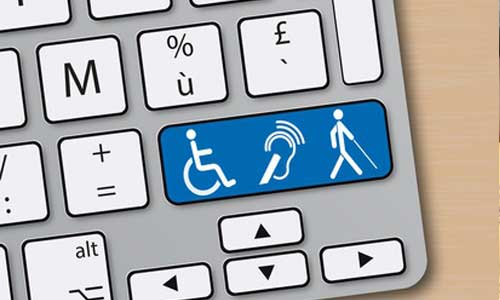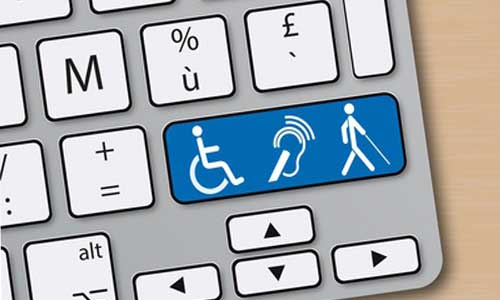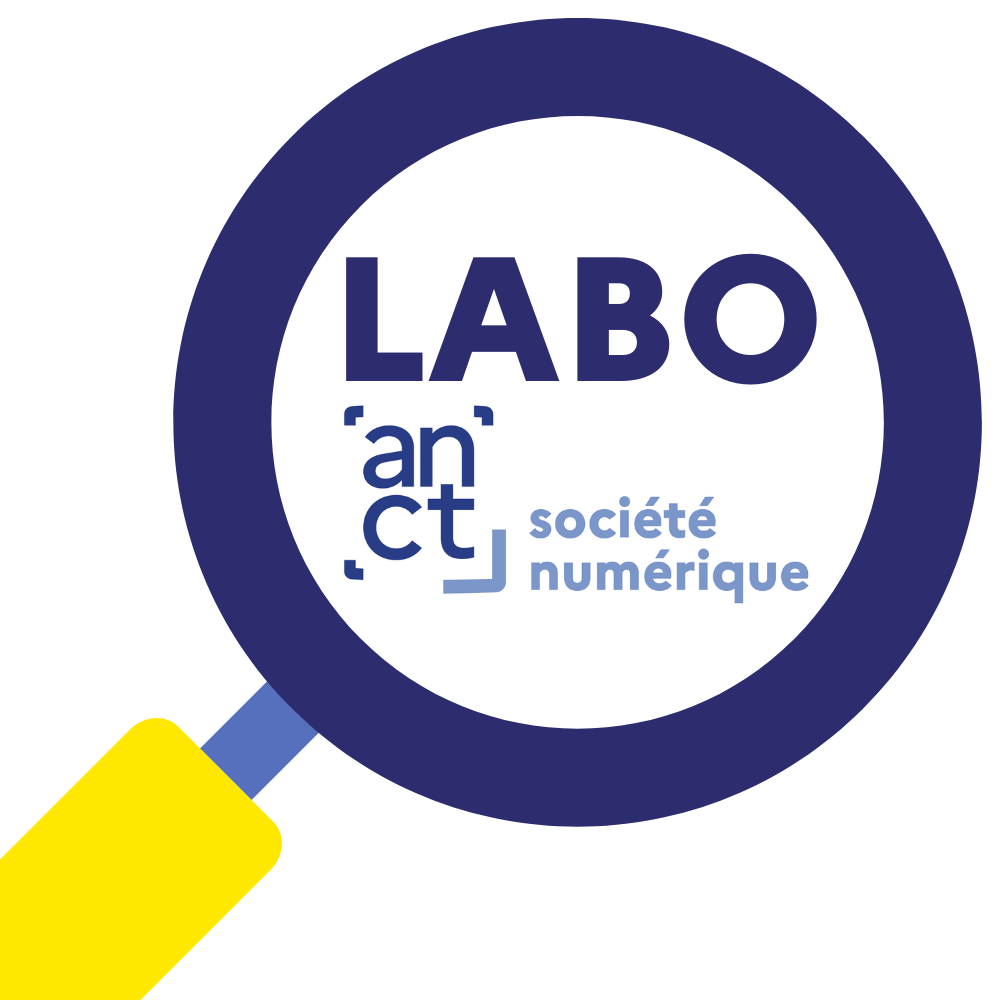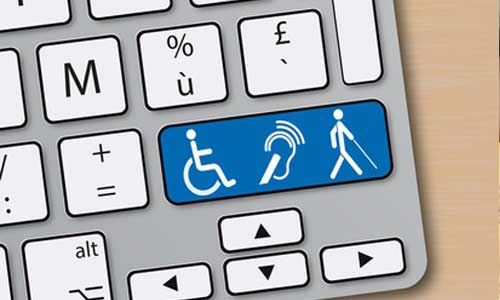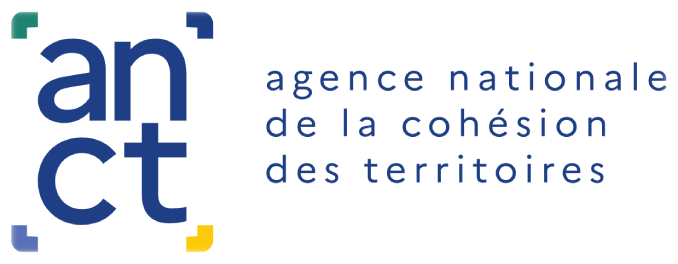"At a time when people are looking for a responsible digital environment, digital accessibility is a necessity but also an opportunity for the players" observes the National Digital Council (CNNum) in a report submitted on February 5.Accessibility is now a legal obligation and sanctioned by law: "however, this need is not sufficiently taken into account by public and private actors. As far as access to digital public services is concerned, the digital accessibility of these services remains the exception and not the norm" deplores the National Digital Council. "Only 4% of public websites have published their accessibility certificate (RGAA compliance). The National Digital Council also points out the insufficient consideration of accessibility by the cultural sector: "the resumption of the means of accessibility (subtitles), on the various media (mobile applications or digital platforms) is not systematic and / or effective.
Digital accessibility, a strategic way to develop their digital products and services in a responsible way
Digital accessibility, observes the National Digital Council, "is also an opportunity, insofar as it could lead to the emergence of a new model for society and the digital economy. Accessibility could renew the French and European digital economy in a sustainable way, through the creation of jobs related to digital accessibility, but also through research and project financing. It would allow to convey the culture of a responsible digital in the society. (...) It is time for France and Europe to design accessible digital products and services"."Between necessity and opportunity, concludes the National Digital Council, "digital accessibility thus represents an interesting strategic path for organizations - public and private - that wish to develop their digital products and services in a responsible manner.
Disability: a public platform and five government commitments to simplify the digital life of people with disabilitiesOn December 3, 2019, at the end of the 3rd Interministerial Committee on Disability (CIH), the Government announced, among 22 news, the launch, from early 2020, of the digital platform "employment-training" dedicated to people with disabilities and the implementation of the first "accompanied information" services to " end the complexity of the procedures".On this occasion, the Government made public 10 commitments "reflecting an approach of progress for an inclusive State" . Five of them concern the accessibility of public sites and administrations.
Provide real-time information to citizens on the level of accessibility of establishments open to the public, within the framework of a resolute implementation of programmed accessibility agendas.
Promote the digital accessibility of government sites, being transparent about the level of this accessibility and harmonizing the position of the "accessibility" tab, as well as integrating digital accessibility natively in all new information system projects, by massively training the professionals of the ministries.
To ensure the accessibility of the communication both for the official interventions of the members of the Government and for the public events, in order to allow every citizen to follow the Government's news and to participate in it.
Mobilize the State's operators and deconcentrated services in the accessibility of their telephone reception.
To ensure an accessible and quality welcome for people with disabilities in France Service houses.
A new general reference framework for improving accessibilityDigital public services and some private services must be equally accessible to all citizens, whether or not they have a disability (visual, hearing, motor, dysfunctional, etc.). An accessible digital service is easier to use for people with disabilities and of better quality for everyone.To facilitate the implementation of digital accessibility, the DINSIC has published since 2009 the General Accessibility Improvement Reference Framework (GAAR), created to implement Article 47 of the 2005 Disability Act and its application decree updated in 2019.It is regularly updated to keep up with the evolution of the Web and changes in standards and regulations.Version 4 of the RGAA was jointly approved by the minister in charge of people with disabilities and the minister in charge of digital on 20 September 2019. It is structured in 2 parts:
The first one presents the obligations to be respected: it is addressed to lawyers, managers and all web and accessibility professionals.
The second one contains a list of criteria to check the conformity of a web page: it is addressed to RGAA auditors.
This standard applies to the State, local authorities and public institutions.
APF Lab-Le Hub, a new center of expertise in "disability and new technologiesCreated in Hauts-de-France, and known for more than 20 years under the acronym C-RNT, the Center of expertise and resources for new technologies and communication changes its name and opens to all publics. On April 5, at the Plaine Images in Lille, APF Lab-Le Hub was inaugurated. Its mission is to "facilitate access to digital technology and develop innovation to give people with disabilities the "power to act" and improve their daily lives". Relying on a reinforced and multidisciplinary team - engineers, occupational therapists, developers and people with disabilities - APF Lab-Le Hub works on innovative tools, hardware and software with a view to making them available to as many people as possible.APF Lab helps companies and project leaders build their co-design process with users with disabilities through ideation workshops, focus groups and real-life tests.APF Lab Handicap et Nouvelles Technologies includes Sodexo, Ecole Polytechnique, Hlab (a co-innovation center that supports start-ups in their projects to develop solutions for people with disabilities), APF Entreprises (50 adapted companies and work assistance establishments) and Handitech (an association of start-ups, companies, schools and institutions that innovate or support innovation for people with disabilities or loss of independence).
Towards a "telephone accessibility" plan for administrationsAccording to the Delouvrier Institute''s 2018 Public Services Barometer, nearly one-third of users rate the ability to reach the government by phone as an important avenue of redress.Contacting administrations by phone has become a real problem for many, especially for the "less connected" public. In September 2016, the Defender of Rights and the National Institute of Consumption (INC) published a joint survey of the National Family Allowances Fund, Pôle emploi and the National Health Insurance Fund. This survey showed that a significant proportion of callers receive brief answers to their questions and that many are referred to the Internet. In addition, the average waiting time to be put in touch with a telephonist often exceeds the response time.The Government has committed to defining an action plan to enable a rapid and efficient telephone response. The "telephone accessibility" project aims to reinforce remote human supportThe law of August 10, 2018 for a State at the service of a trustworthy society (ESSOC), from January 1, 2021, state administrations, their public establishments and organizations managing an administrative public service (e.g. social security organizations) to use a surcharged telephone number in their relations with the public.
Digital accessibility in libraries: modest progressThe Ministry of Culture's Department of Books and Reading (SLL) regularly assesses the level of compliance with the RGAA (Référentiel Général d'Accessibilité pour les Administrations) by public reading libraries through a Barometer.This Barometer of Digital Accessibility in Public Reading is based on an audit protocol of library websites.The third edition of this barometer, published in May 2019, included three components: the accessibility of library websites and portals, that of online catalogs (OPAC) and that of digital resources. Each of the three sections covered a selection of sites and resources.Regarding the first part of the Barometer, library websites and portals, the Barometer highlights that only 16.7% of the sites studied have an "accessibility policy" page and only 1.5% of them have an online declaration of compliance with the RGGA.Of the 132 sites surveyed, only 6% had an accessibility score above 70% (8 sites).On the criterion "conformity of interface elements", the median score is 50%. " The presence of an accessibility page does not guarantee that the score is high," observe the authors of the study."To sum up", the authors of the study observe, in concluding the qualitative analysis, " none of the sites in the sample can guarantee users fully functional accessibility within the scope of the proposed scenario. To go further, without even testing accessibility features, 30% of the sites analyzed do not allow, in their mobile version, a user who is not disabled to carry out the scenario.

